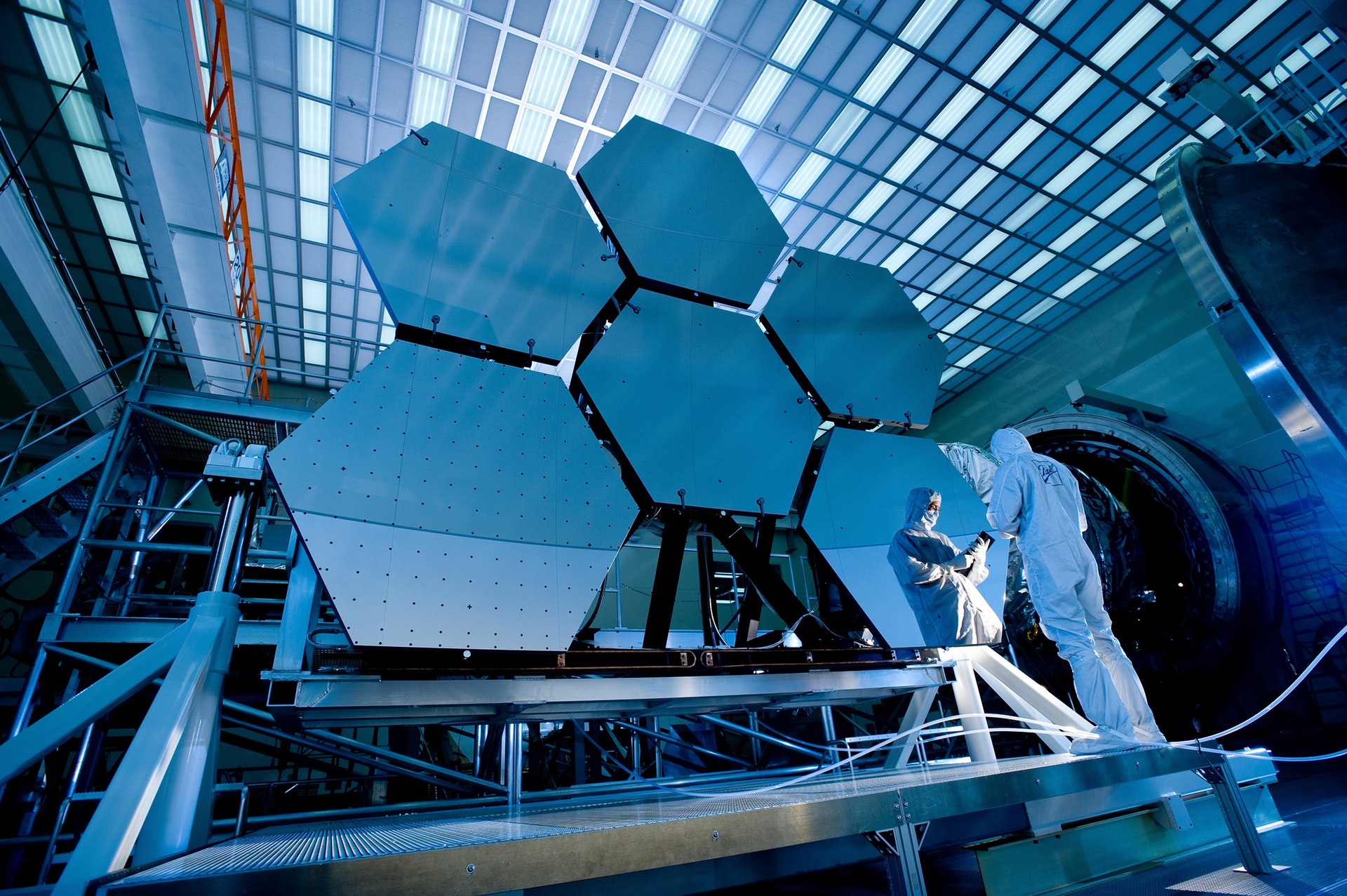
Having a confined space on your premises means you automatically have more responsibilities. It is your job to ensure the space is always entered and exited in a safe manner, and that all workers in and around it are safe at all times. Failure to properly handle a confined space can lead to injury or even death, so here are four ways to keep your workers safe in and around your space.
Have a confined space rescue plan in place
If the worst happens and your workers need help in your confined space, you can’t rely on impulse. Prepare in advance by having a plan in place before anyone enters that space. Learn all of the regulations and rules regarding your particular confined space, and then use that knowledge to draft a clear procedure in writing that your workers can follow.
Once you have that plan, it’s time to train your workers on it. You can reach out to a confined space rescue provider for training assistance to ensure your workers are prepared.
Know the hazards
To reduce risk, you must know what hazards could be in your confined space so you can create a plan for detecting them. In addition, when workers are aware of potential hazards, they can respond to emergencies safely. Sometimes, workers ignore alarms because they believe the alarm is false, but this is a risky practice. When your workers know what hazards could be in your space before entry, they will take alarms more seriously.
Bump test, zero and calibrate
Once you know what the potential hazards are, you can get tools to identify them. One such tool is a gas detector that has the proper sensors for your situation. However, once you select the sensors, you still must confirm your monitor is working correctly.
Here, you want your workers to bump test, zero and calibrate the sensors. Skipping just one of these steps can lead to a worker entering a space without a proper gas detector. A bump test will show whether the sensor is able to identify gas and whether all the on-screen alerts and alarms are working, and calibration will tell you whether the detector is reading gas concentrations accurately. When the worker zeroes the detector in fresh air, it will ensure they have an accurate reading baseline.
Monitor on a continuing basis
It’s not enough for your workers to check for hazards and then put their monitors away. The conditions in a confined space can change quickly, putting anyone inside at risk of real harm. To prevent accidents and the need for a confined space rescue, workers must continually monitor the space whenever someone is inside. Many gas hazards, for example, are heavier than air. This means they will fill the space from the bottom up. If your worker is in a confined space and it begins to fill up with gas, constant monitoring can alert them to the hazard before the situation turns dire.
Reach out to a confined space rescue and training provider for help with your practices today. With human lives at stake, you simply cannot afford to make mistakes in this area.